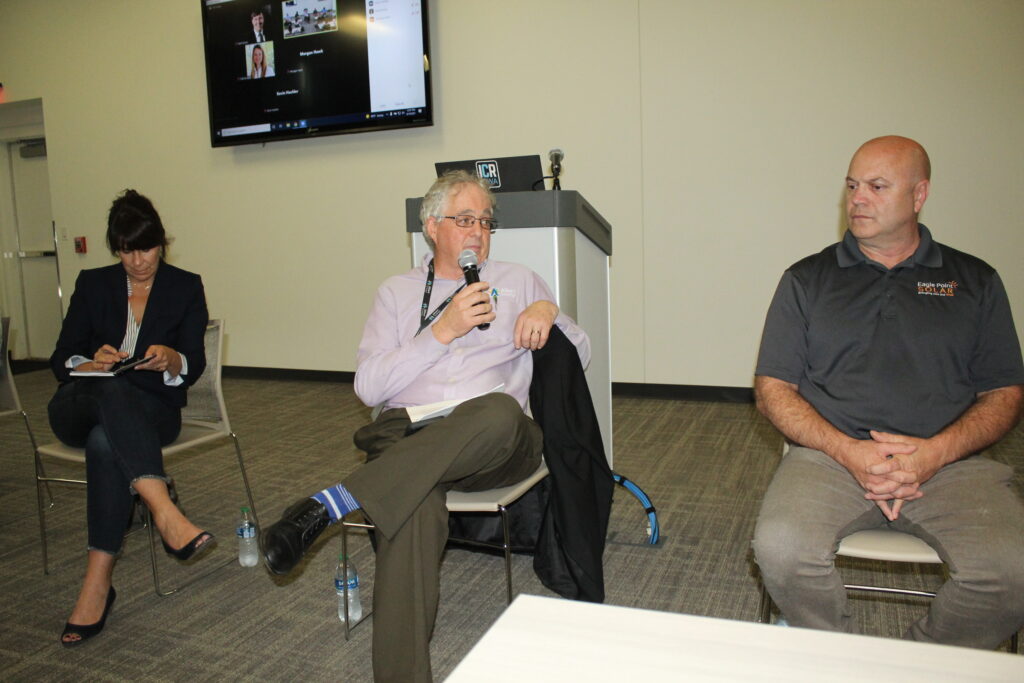Iowa WARN post: 30 of CRST’s job cuts will be in Cedar Rapids
CBJ News Staff

The global energy landscape is continually shifting and evolving, but most experts agree that an ever-increasing percentage of the world’s energy demand will be met via renewable sources, such as solar and wind.
And while the renewable energy industry continues to face a variety of challenges, Iowa-focused ventures are ideally positioned to help meet those demands, participants in a renewable energy trends panel Aug. 10 hosted by the Cedar Rapids…

Get immediate, unlimited access to all subscriber content and much more.
Learn more in our subscriber FAQ.
Do you want to read and share this article without a paywall?
